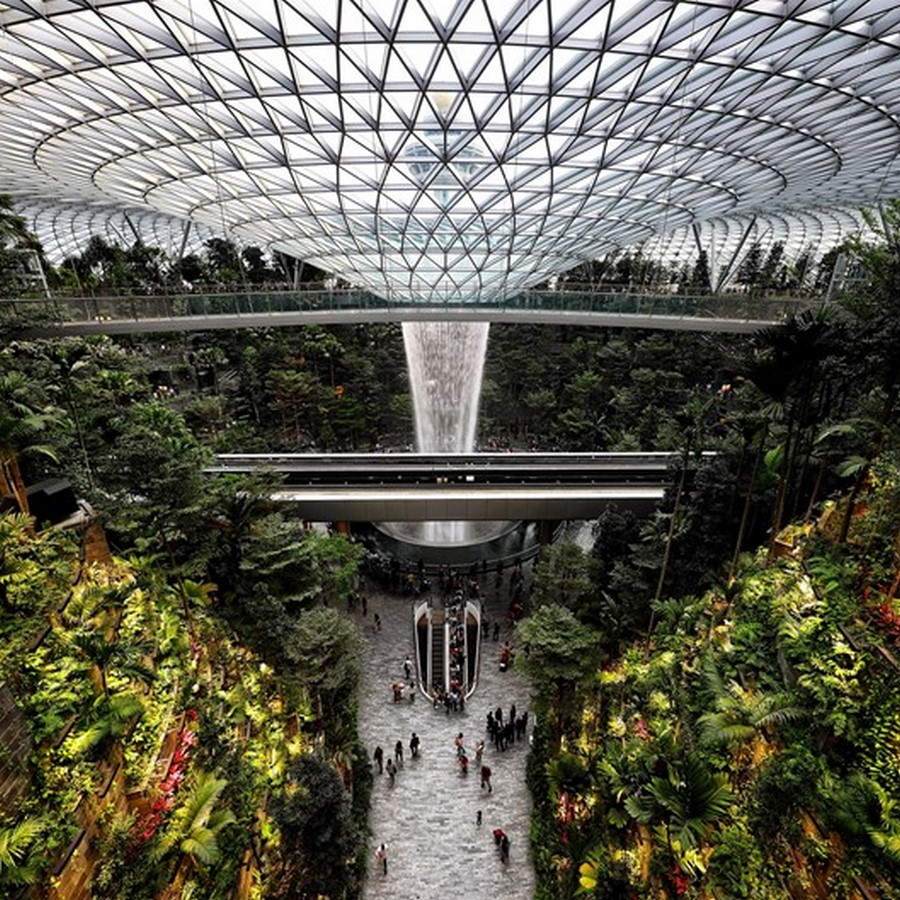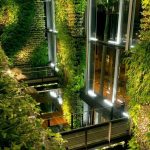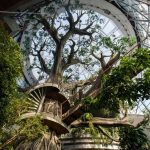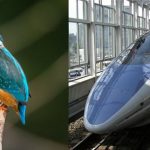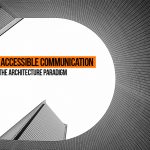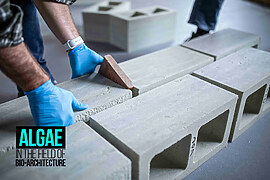Sustainability is a frequently used term in architecture and other design fields because it deserves all the attention as we run out of time. Biomimicry and Biophilia are two sub-concepts catering to sustainable design, but their difference is often complained to be seldom missed. They are similar on most occasions since they are both associated with nature, but the objectives to have these terms introduced are different. Inferring the difference between them and their solutions is significant for designing and nurturing a sustainable world.
What is Biomimicry?
Biomimicry can simply be referred to as imitating nature. It aims for designing solutions inspired by nature’s patterns and forms. The ambition to equal or excel in life engineering for technology-related challenges has been the key focus in Biomimicry. It is a process of innovation to accomplish high performance and sustainable design. It takes examples from how nature deals with similar challenges and applies similar design solutions to built environments or products. Biomimicry in Architecture has been one of the common principles of design to familiar architects such as FL Wright, drawing inspiration from nature.
Biomimicry can be used to tackle problems in different industries and scale projects. Flying machines can be considered one of the first examples of Biomimicry by studying birds for experimenting with human flight. Biomimicry falls under the concept of Bio-inspired innovations or technologies in addition to terms such as biomorphism and bio-utilization. Biomimicry was criticized for evolutionary solutions that don’t necessarily solve all human problems today. But designers argue that only parts of it are used as an inspiration, and it brings man and nature together.
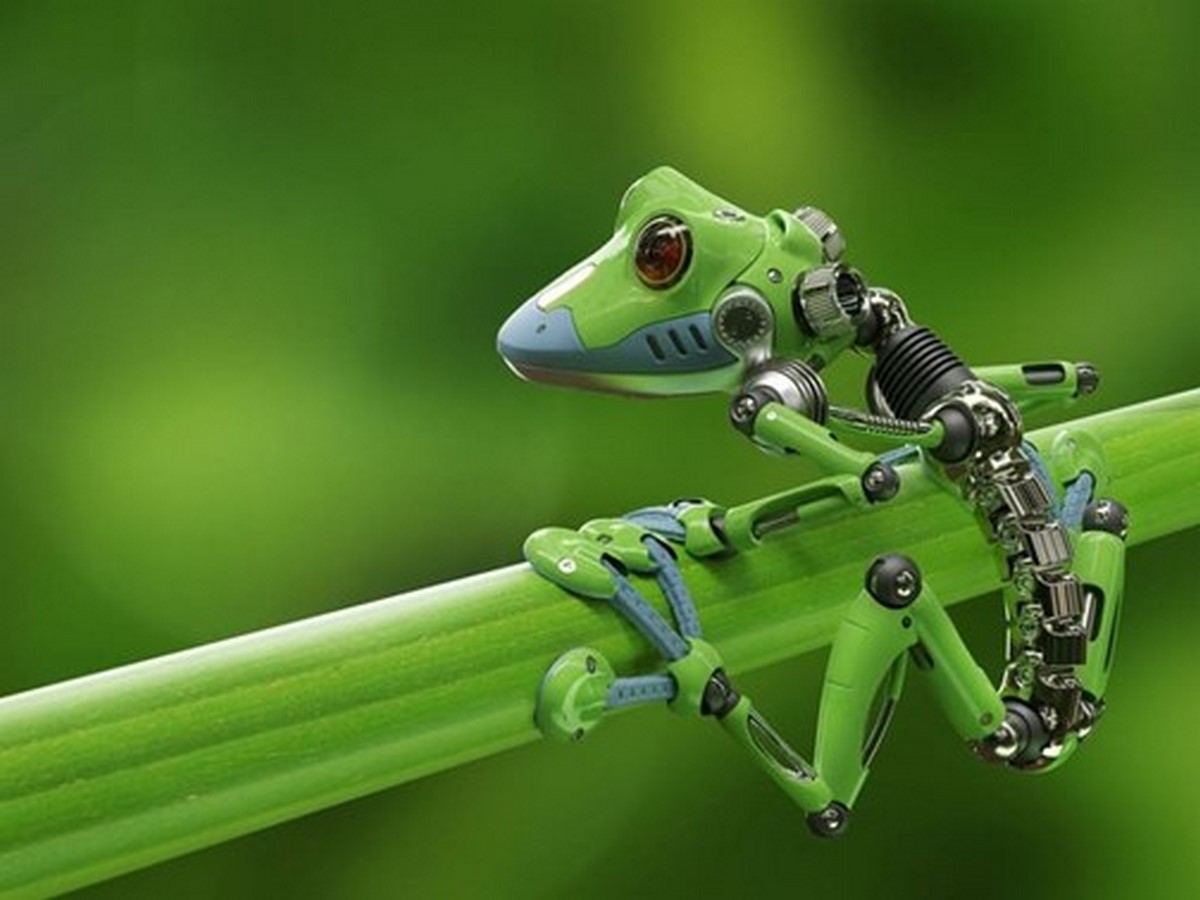
What is Biophilia?
Biophilia is rendered as humans’ unlearned tendency to connect with nature or other forms of life. Biophilic in sustainable design is about incorporating features in the built environment to bring people and nature together. It is often misunderstood with the term green architecture, but the difference is that Biophilia addresses the reconnection with nature-design strategy while the latter doesn’t. Integrating components like wood, vegetation, water, and daylighting are common strategies used in a Biophilic design. It seeks to tie us with nature in terms of modern design solutions. Biophilic research also ensures to showcase how nature benefits the physical health and emotional wellbeing of humans. Biophilic designs are also proven to have reduced stress, increased positivity, and improved performance in space. Biophilic designs in architecture consist of the following features:
- Naturalistic Dimension
- Site Integrity / Wholeness of Site
- Geometry coherency
Biophilic designs are not just about having a forest experience in built environments but about having the blend of nature and design without losing its essence. Advances in technology with the biophilia hypothesis, in simple words, can be defined as yearning for intimacy with nature.
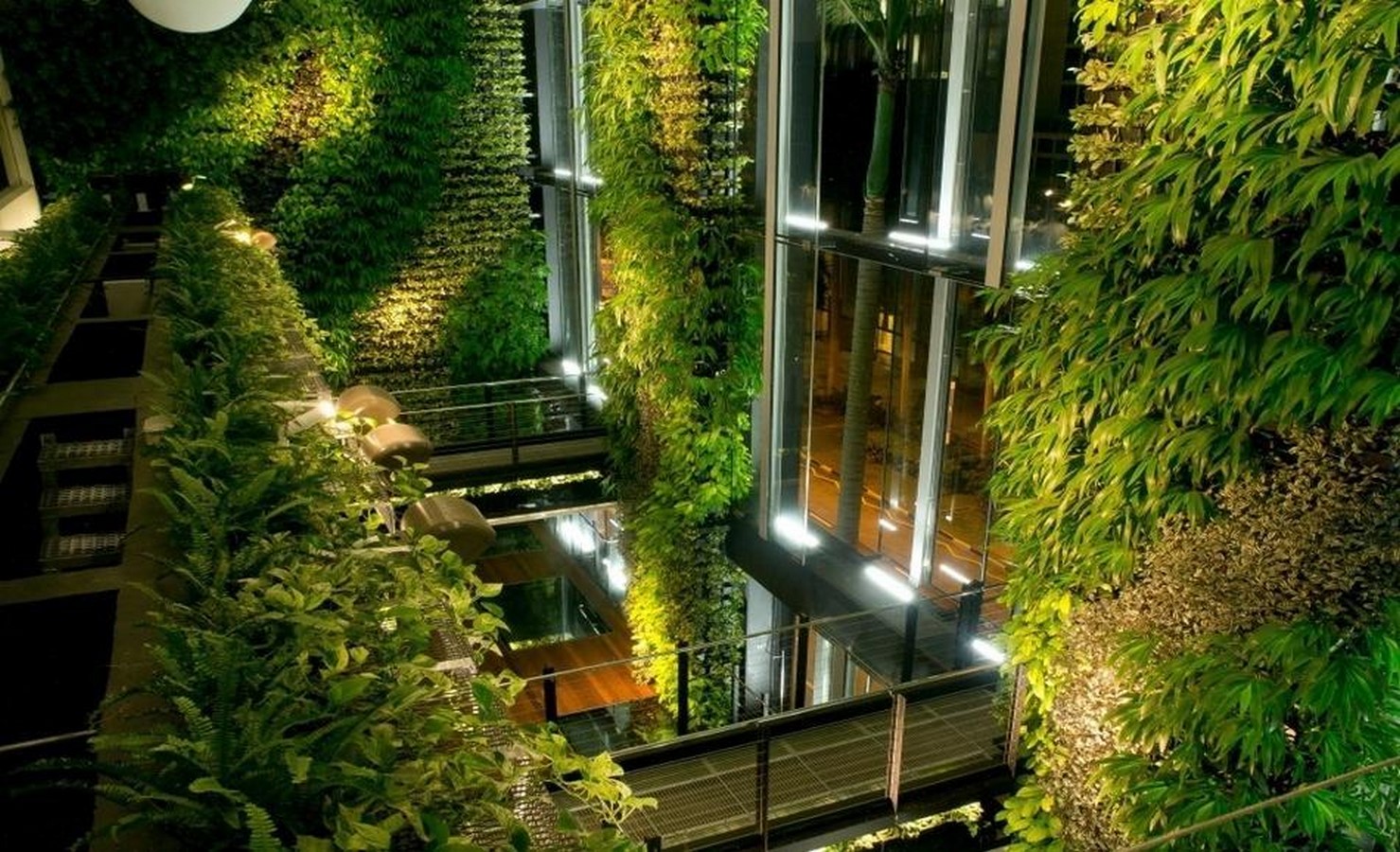
Biomimicry vs Biophilia
Biomimicry and Biophilia deal with the relationship of humans with nature to make use of the knowledge for better innovations in the design field and help develop a sustainable design. Biomimetic designs take inspiration from nature’s patterns and systems directly, while biophilic designs encourage the relationship between humans and nature. Biomimicry conceives the ideas of nature having the solutions prior that must be analyzed to benefit the design, while Biophilia aims to utilize contemporary solutions to unite human beings with other living systems. Biomimicry is the process of innovation to attain higher performance in design solutions, whereas Biophilia is a manifested process to develop the health and wellbeing of humans. Biomimetic and Biophilic theories are applied in many forms in different scales and designs of products, buildings, infrastructures, and cities. Biomimetic philosophy dominates the technology and product design industry, while Biophilia is widely seen in architecture design.
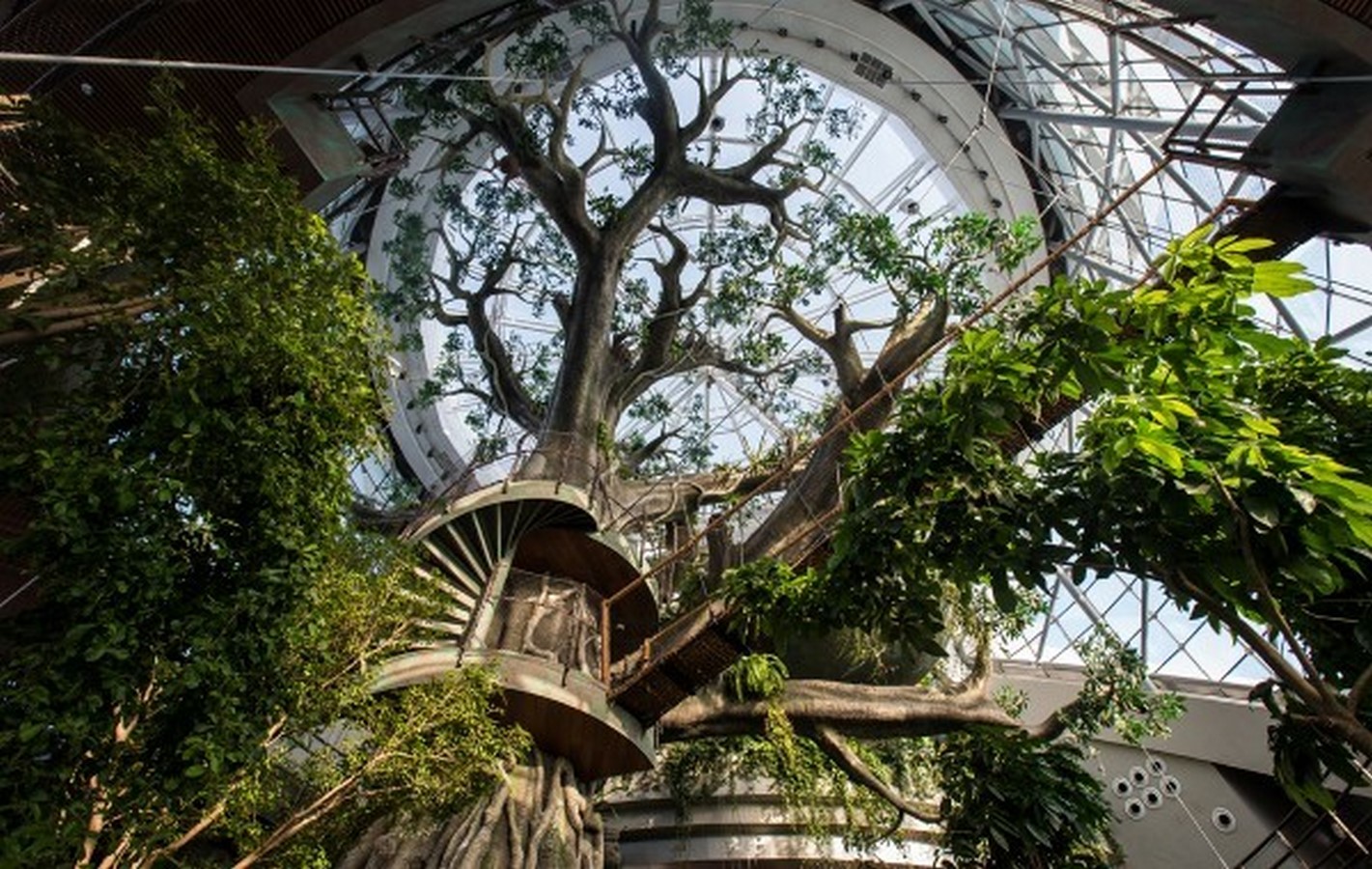
Applications in Built Environment
Some of the best examples of Biomimicry in Architecture has been listed below:
- Termite mounds built by the termites in some regions in Africa were found to have the capability to maintain a constant temperature, although the external temperatures vary vastly. The mounds were then explored to figure out a solution for building design. A similar passive cooling solution was introduced in an office complex in Harare, Zimbabwe – Eastgate Centre.
- A new display technology coined by Qualcomm (IW 500/45) has taken its references from the colour structure of butterfly wings for low-power and glare-free tablet screens.
- Western Japan Railways Shinkansen high-speed train’s sonic boom issue was resolved by the chief engineer designing an engine mimicking kingfisher’s beak. Kingfisher dives smoothly from air to water with its pecker. A similar design incorporated in the train increased the train speed and reduced fuel consumption in addition to solving the sonic boom issue.
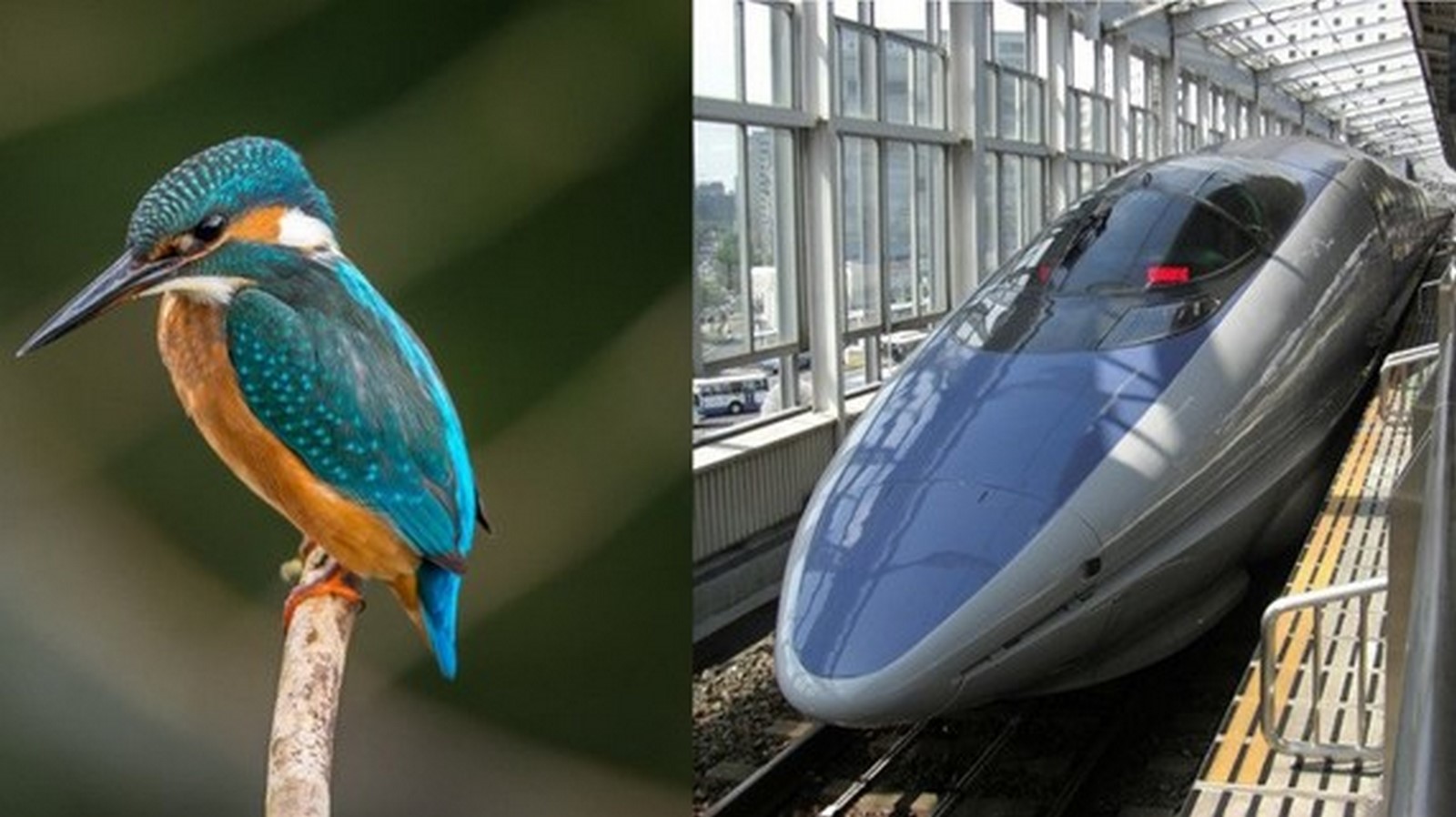
A few examples of Biophilic designs in Architecture are mentioned in the following:
- One Central Park – Sydney, Australia
The prominent attributes of the building where hydroponic systems are used to create vertical gardens that are extremely taller are widely recognized examples for Biophilic design.
- Bosco Verticale – Milan, Italy
The vertical tower is a well-known landmark in Milan where the building is engulfed by trees and shrubs. Approximately over 900 trees are planted on the terraces with a sustainable approach.
- The Jewel – Singapore, Singapore
This entertainment and retail complex has the world’s tallest indoor waterfall and is a major junction between three terminals in Changi Airport, Singapore. It is surrounded by vegetation on its promenade with a serene sight.
